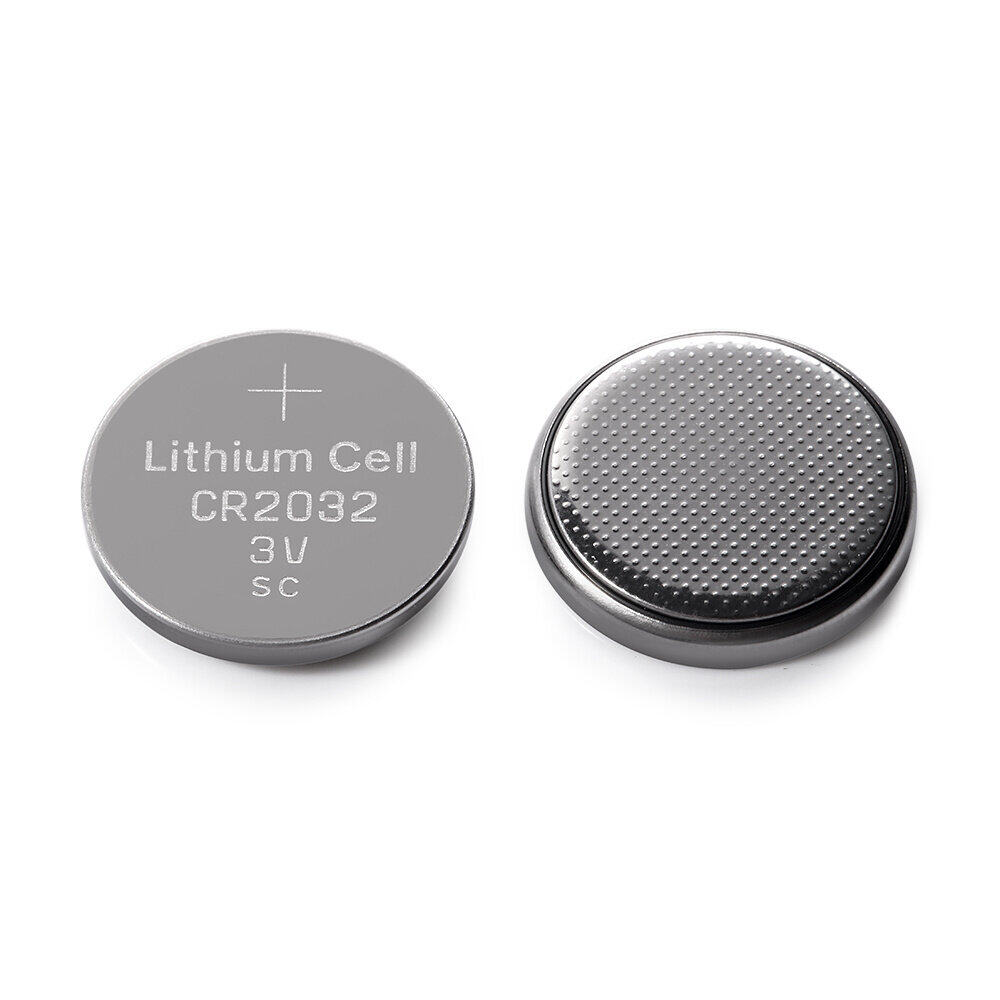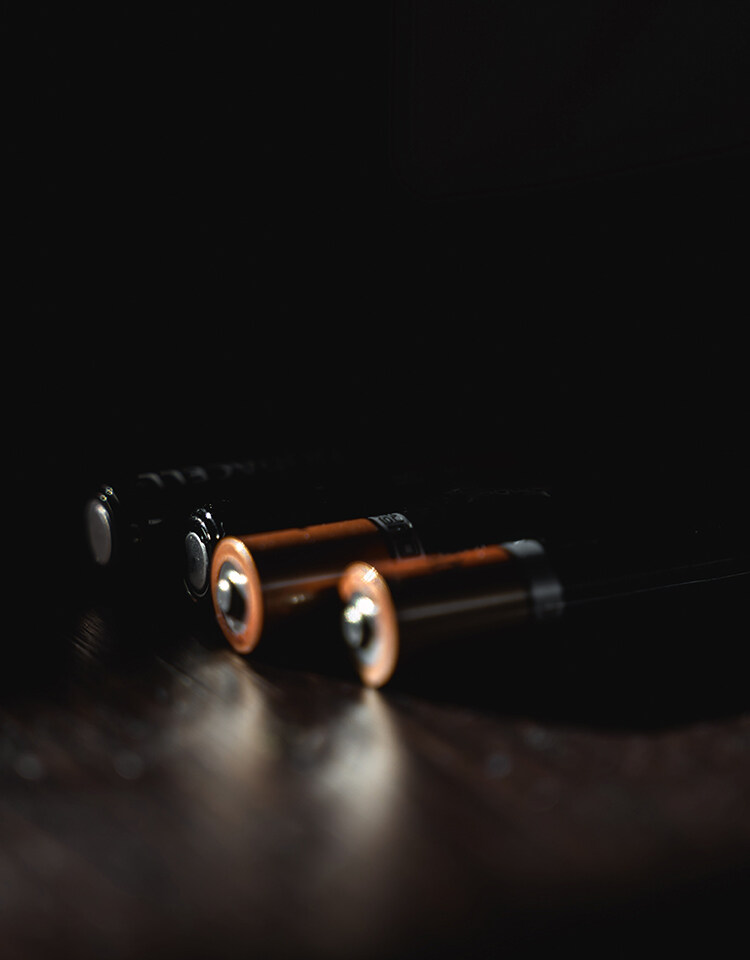Email format error
Email cannot be empty
Email already exists
6-20 characters(letters plus numbers only)
The password is inconsistent
Please enter the email address you’d like your password reset information sent to.
Email format error
Email cannot be empty
Email does not exist
Reset account password
For the account
6-20 characters(letters plus numbers only)
The password is inconsistent
Reset success
Your password was reset. You can log in using your new password.
Login

Alkaline battery & Button cell manufacturing process-News

The principle of the battery
2022-04-29 13:45:00
How Batteries Work Batteries are responsible for the oxidation and reduction reactions of electrolytes and metals. When two different metal species, called electrodes, are put into a dilute electrolyte, oxidation and reduction reactions take place in the electrodes, respectively, depending on the electron affinity of the electrode metals.
As a result of the oxidation reaction, one electrode is negatively charged, called the cathode, and due to the reduction reaction, the other electrode is positively charged, called the anode. The cathode forms the negative terminal of the battery, while the anode forms the positive terminal of the battery. To properly understand the fundamentals of batteries, first, we should have some basic concepts of electrolytes and electron affinity.
In fact, when two dissimilar metals are immersed in an electrolyte, a potential difference is created between these metals. It was found that when certain specific compounds are added to water, they dissolve and produce negative and positive ions. This compound is called an electrolyte.
As a result of the oxidation reaction, one electrode is negatively charged, called the cathode, and due to the reduction reaction, the other electrode is positively charged, called the anode. The cathode forms the negative terminal of the battery, while the anode forms the positive terminal of the battery. To properly understand the fundamentals of batteries, first, we should have some basic concepts of electrolytes and electron affinity.
In fact, when two dissimilar metals are immersed in an electrolyte, a potential difference is created between these metals. It was found that when certain specific compounds are added to water, they dissolve and produce negative and positive ions. This compound is called an electrolyte.
Popular examples of electrolytes are almost all types of salts, acids and bases, etc. The energy released in the process of accepting electrons by a neutral atom is called electron affinity. Since different materials have different atomic structures, the electron affinity of different materials will also be different.
If two different metals are immersed in the same electrolyte solution, one of them will gain electrons and the other will release electrons. Which metals (or metal compounds) will gain electrons and which will lose electrons depends on the electron affinity of those metals. Metals with low electron affinity will take electrons from the negative ions of the electrolyte solution.
On the other hand, metals with high electron affinity will release electrons which enter the electrolyte solution and are added to the positive ions of the solution. In this way, one of these metals gains electrons while the other loses electrons.
As a result, the electron concentration will differ between the two metals. This difference in electron concentration results in a potential difference between the metals. This potential difference or electromotive force can be used as a voltage source in any electronic device or circuit. This is the general basic principle of batteries, and this is how batteries work. All batteries are based on this basic principle only. As we said earlier, Alessandro Volta developed the first battery, popularly known as the simple voltaic battery.
Such simple cells can be easily created. Take a container and fill it with dilute sulfuric acid as the electrolyte. Now, we dip a zinc and a copper rod into the solution and connect them externally with an electrical load. Your simple voltaic unit is now complete. Current will start flowing through the external load.
The small button cell, button cell 2016, button cell battery 2025 will be introduced here. I believe that through the above introduction, you should have an understanding of which is better between lithium batteries and alkaline batteries.
Contact us

